- Home
- Machining techniques
- CNC Machining Services
- Cooperative supply services
- Designs
- Materials
- Finishing Services
- Shop
- Products
- Guide
- About Us
- Contact Us
2021.6.17
The surface strengthening technology in mold manufacturing refers to the professional strengthening technology that the surface of mold working parts is pretreated and then treated by single or composite surface technology to make the mold working parts obtain the required surface or comprehensive performance. The advantages of the technology, such as functionality, environmental protection and efficiency, play a particularly important role in mold manufacturing cost, mold quality and mold life. In production, considering the characteristics of the technology, the working conditions of the mold and the economy of production, selecting the best matching point of various factors can significantly improve the life and quality of the mold and obtain outstanding economic benefits. Here’s the application research on surface strengthening technology of injection molded parts.
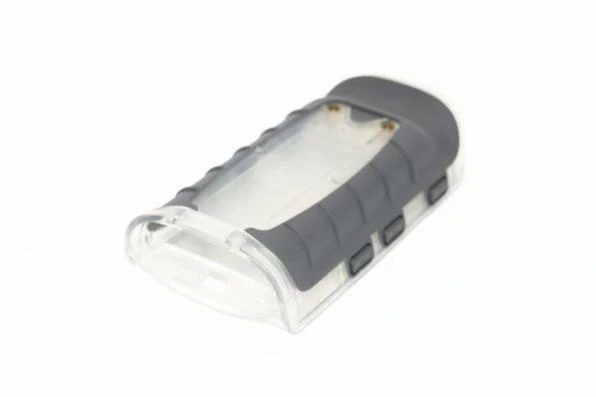
1. Chemical Heat Treatment Of Carburized Surface
Carburizing process is a kind of mold surface strengthening technology which is often used (more than 80%). This process is mainly aimed at the surface strengthening of plastic mold cavity. The carburized mold parts can achieve the effect of “hard outside and tough inside”, that is, the hardness, wear resistance, fatigue strength and other properties of the surface of the working parts are improved, while the core still maintains the original plasticity, toughness and strength, which meets the requirements of the performance of the mold working parts. It has the advantages of high penetration rate, deep penetration layer, low cost, perfect bonding performance between penetration layer and substrate parts, and smooth transition between bonding layers. But the operating temperature is high (900 ~ 950 ℃), especially the temperature of ion carburizing can reach 1100 ℃, and the corresponding heat treatment is needed after carburizing, which increases the possibility of mold deformation. Therefore, this technology is not recommended for high-precision plastic mold.
The temperature of gas carburizing is generally 920 ~ 950 ℃. The most reasonable carbon content on the surface of carburized layer is 0.85% ~ 0.95% w (c). The gramoldnt of carbon content from the outside to the inside of carburized layer should be even and gentle. There is no coarse lath martensite, excessive residual austenite, network carbide and black troostite in quenched structure. Too high carbon content is easy to cause network carbide and other malignant structures in the mold parts, which affects the quality and life of the mold. Stress concentration and cracking are easy to occur in the subsequent processing.
Compared with gas carburizing, ion carburizing has the advantages of high efficiency, less deformation, less pollution, and can deal with the surface of any shape of mold parts. It is more suitable for the surface strengthening of plastic mold and stamping mold.
2. Flame Surface Thermal Spraying Technology
Thermal spraying technology is a new surface strengthening technology with rapid development. It uses heat source (arc, ion arc, flame, etc.) to heat the spraying material to molten or semi molten state, atomizes it, and sprays it to the surface of the pretreated substrate at a certain speed. Depending on the physical and chemical changes, it combines with the substrate, it can improve the wear resistance, corrosion resistance and heat resistance of mold parts, and it is easy to operate and low cost. In recent years, the application of this technology in mold surface strengthening has been further developed and improved. The service life of Cr12 stainless steel drawing mold has been increased by 3-10 times by using supersonic spraying cemented carbide process in Guangzhou Research Institute of nonferrous metals. At the same time, great progress has been made in the application of this technology in mold repair.
3. Composite Surface Electroplating Technology
Electroplating technology is a technology of depositing metal or metallization on the surface of substrate by electrochemical method. Electroplating hard chromium and hard nickel is a traditional technology for surface treatment of plastic mould in China. When the technology is carried out at near room temperature, the mold performance is hardly affected, and there is no serious deformation. At the same time, the surface roughness of the electrodeposited coating is low, and the hardness increases to 800 HV. But there are still many problems, such as: low corrosion resistance, groove, deep hole can not be treated, so its application in the mold strengthening is limited. At present, it can only be used to strengthen the wear resistance of ordinary plastic mold, not suitable for the plastic mold with complex shape and high corrosion resistance requirements.
At present, composite plating is the most active field in the application of coating technology in mold industry. Composite brush plating can strengthen the surface of mold cavity, and can also be used to repair the surface of mold cavity. It is found that the service life of the mold cavity can be prolonged by 0.5-1.0 times by brush plating amorphous coating (0.01-0.02MM). There are many kinds of particles that can be added into the composite coating, and the parameters can be adjusted in a wide range with strong operability, which fully reflects the diversity and comprehensiveness of the coating.
4. PVD, CVD, PCVD Surface Coating Technology
Coating technology, that is, vapor deposition technology, is to deposit stable compounds with special properties on the surface of mold working parts to form superhard coating, so that mold working parts have excellent performance. The most frequently used stable compounds in industry are tic, tin and sin.
– Physical vapor deposition (PVD) is a kind of practical technology which makes the coating material vaporize and then deposit a coating on the substrate surface. The technology began to be applied in the early 20th century, and developed rapidly in the last 30 years. It has become a new technology with broad application prospects, and gradually develops to the trend of environmental protection and clean type. It is mainly used for manufacturing high precision cold working molds.
– Chemical vapor deposition (CVD) is a practical technology to make the gas react on the surface of the matrix material and form the covering layer in the temperature range of 900 ~ 2000 ℃. This technology has the advantages of high deposition temperature and firm coating combination, so there is almost no requirement for the surface shape of mold parts. For example, the parts with complex shape or with grooves and small holes can be evenly coated, which makes up for the defects of physical vapor deposition. For example, TiC coating, which is often used in mold surface strengthening, has high hardness, good wear resistance, small friction coefficient, good antifriction and strong anti bite ability, Greatly improve the service life of the mold. However, CVD method has some defects, such as high treatment temperature, still need to be quenched, which will lead to large deformation and so on. Therefore, the use of this technology is limited in the manufacturing of high-precision mold.
– Plasma enhanced chemical vapor deposition (PCVD) is a practical technology which uses glow discharge to enhance the chemical activity of reactants, promote the chemical reaction between gases, and deposit high-quality coatings at low temperature. It is a treatment method between CVD and PVD. The coating is plated on the surface of the working parts of the mold by PCVD method. The practice shows that the economic benefit is very considerable.
5. High Energy Beam Strengthening Technology
High energy beam strengthening technology has the comprehensive advantages of non-contact, accurate and controllable, wide material adaptability, strong flexibility, high quality, resource saving and environment-friendly. It can be used not only for high-efficiency automatic production in large quantities, but also for multi variety, small batch processing and even customized products. It is an indispensable and important technology in mold manufacturing industry. Among them, ion implantation technology is widely used in cold working mold, hot working mold and plastic mold with almost perfect strengthening effect, and its average life can be increased by 2-10 times. It has great application value.
According to the research, rare earth elements can strengthen the surface, increase the infiltration rate, purify and stabilize the grain boundary, and improve the surface structure, physical and chemical properties and machinability of mold parts. The application of rare earth elements in the process of composite surface strengthening technology can obtain more obvious effect. If rare earth is added into ni-cu-p-mos2 coating, the wear-resistant life of mold cavity surface can be increased by 5 times. In addition, rare earth elements in chemical deposition, electrodeposition, spraying and laser coating have obvious improvement effect, but the effect is not very stable, it can be seen that the application of rare earth elements in mold manufacturing will be an important direction of future research.
With the rapid development of nanotechnology, it has a significant effect in improving the productivity and life of the mold. However, there are still many imperfections in this technology, and there are still many work to be done, such as: uneven coating on the surface of complex mold cavity, unclear deposition parameters, unclear surface strengthening mechanism of mold parts and so on.
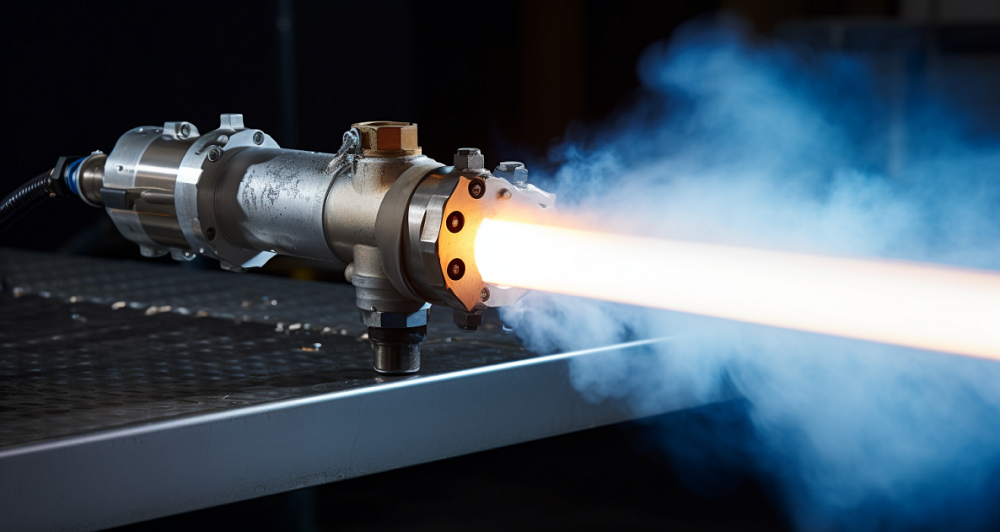 What is HVOF Coating – HVOF Thermal Spray Process, Materials, Benefits, Machine, Applications
What is HVOF Coating – HVOF Thermal Spray Process, Materials, Benefits, Machine, Applications
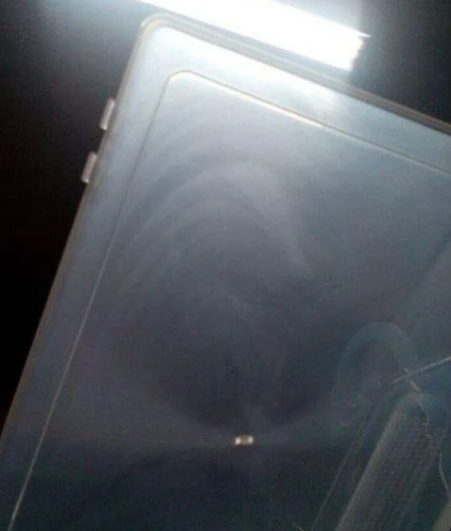 Flow Lines In Injection Molding: How To Solve & Prevent | CNCLATHING
Flow Lines In Injection Molding: How To Solve & Prevent | CNCLATHING
 Spring Material Types (Properties, Grades, Uses) & Best Selection for Your Project
Spring Material Types (Properties, Grades, Uses) & Best Selection for Your Project
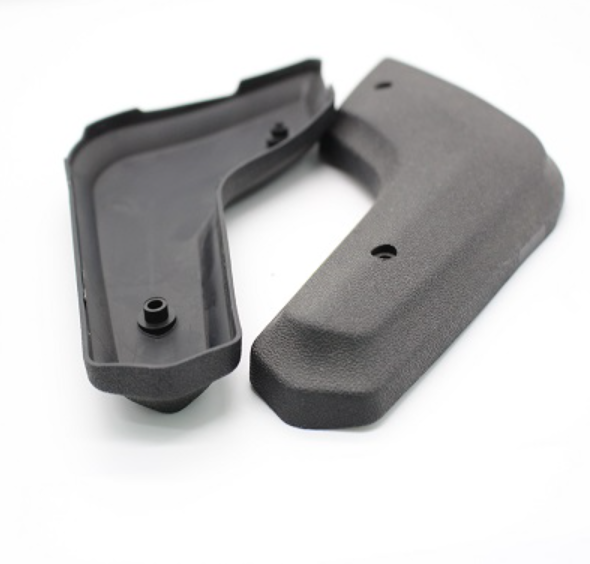 Plastic Shrinkage: What Causes Plastic Shrinkage & How To Fix | CNCLATHING
Plastic Shrinkage: What Causes Plastic Shrinkage & How To Fix | CNCLATHING
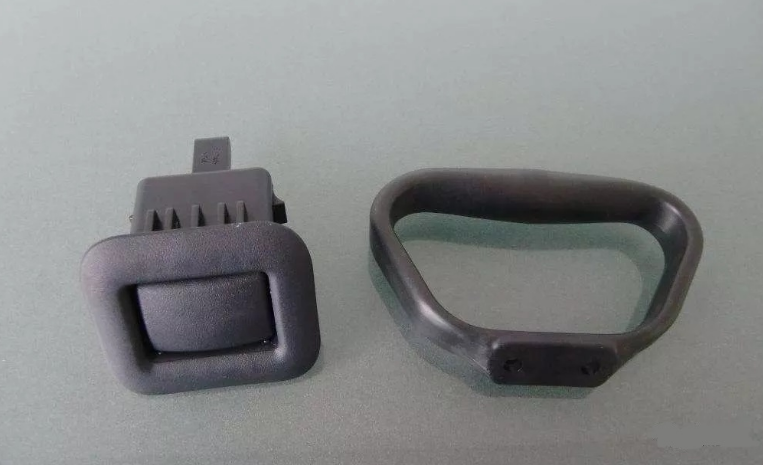 What Causes Dimensional Variations Of Injection Molding And How To Fix
What Causes Dimensional Variations Of Injection Molding And How To Fix
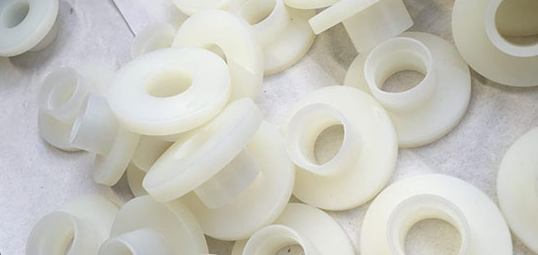 Surface Modification of Carbon Fiber Based On Nylon Composites
Surface Modification of Carbon Fiber Based On Nylon Composites
